Baby Oral Care from MAM
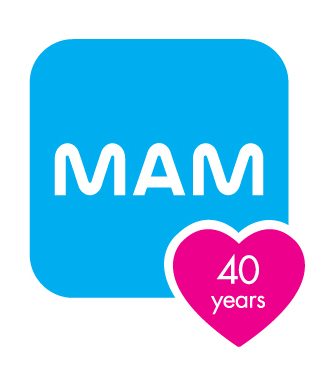
Proper Oral Care for Baby Begins Before the First Tooth Erupts
DO YOU KNOW…
When to schedule baby’s first visit to the dentist?
According to the American Academy of Pediatric Dentistry (AAPD), babies should complete their first visit to the dentist by age 1. In fact, all babies should see a pediatric dentist once their first tooth comes in, usually between 6 and 12 months of age. At the first visit, dentists check for signs of early tooth decay and review proper routines and behaviors with parents, such as not letting baby fall asleep with a bottle of milk or drinking juice from a cup instead of a bottle.
How to clean the inside of baby’s mouth?
Contrary to popular belief, proper oral care for baby should begin before the first tooth appears. The AAPD suggests parents gently wipe the inside of baby’s mouth and gums with a clean, soft cloth regularly to remove germs and leftover milk.
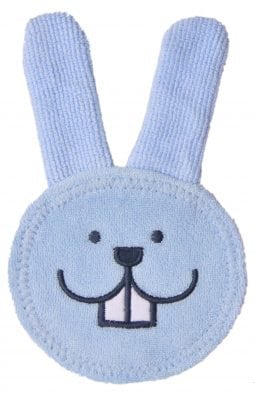
When to start using a toothbrush with baby?
As soon as teeth appear, start brushing two times a day with an age-appropriate toothbrush to gently remove plaque and bacteria. Look for brushes designed just for babies that have rounded heads and super-soft bristles.
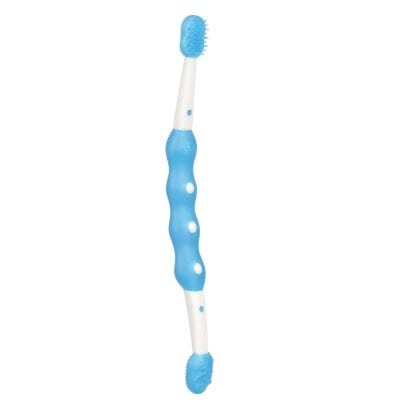
When to start using toothpaste with baby?
When children reach the age of two, parents can use a pea-size amount of children’s toothpaste. Look for toothbrushes that feature indicator bristles to help determine the correct amount of toothpaste for little ones and use a toothbrush that allows mom and baby to hold the handle together for guided brushing (the AAPD also recommends a smear of fluoride toothpaste for children under two who are at-risk for tooth decay. Health care professionals and pediatric dentists can help parents determine if baby is at-risk).
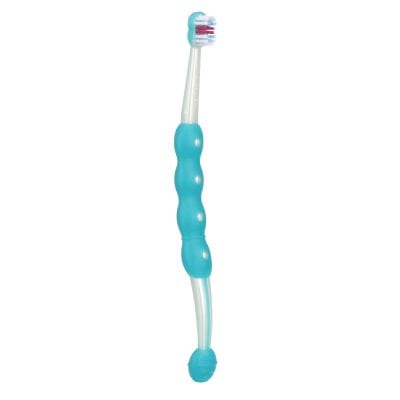
Why dentists prefer pacifiers over thumbs for self-soothing?
Babies are born with a natural sucking reflex. The AAPD recommends pacifier use over thumb-sucking for additional sucking, as a pacifier habit is easier to break at an earlier age. While most children self-wean, the AAPD recommends discouraging pacifier use after age three if necessary. The earlier a sucking habit is stopped, the less likely the habit will lead to tooth and jaw irregularities. Use pacifiers with an orthodontically correct nipple design that allows baby to safely suck while maintaining proper jaw and tooth alignment.
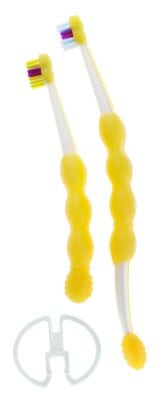
Don’t forget: establishing an oral care routine early on helps set the stage
for a lifetime of good dental hygiene!
About MAM – standard setting baby products
MAM combines technological innovation, medical function and contemporary design to develop superior baby care products that support a baby’s development from day one. Since MAM developed its first pacifier in Vienna in 1976, it has evolved to become a global authority on baby care product design and quality. Today MAM products are used by families in over 60 countries and on six continents. To find out more and view MAM’s baby care range of award-winning pacifiers, bottles, cups, teethers, oral care items, coordinating accessories and gift sets visit www.mambaby.com.
Follow MAM
Facebook: facebook.com/MAMbabyUSA
Twitter: @MAMBABY
Pinterest: Pinterest.com/MAMUSA
Instagram: mam_usa
